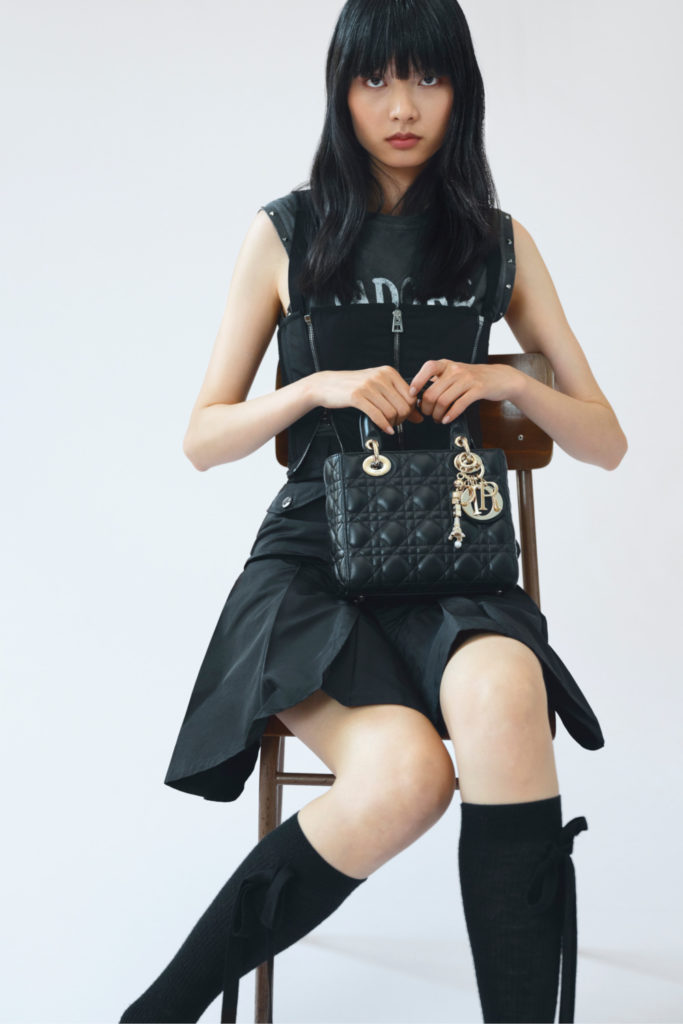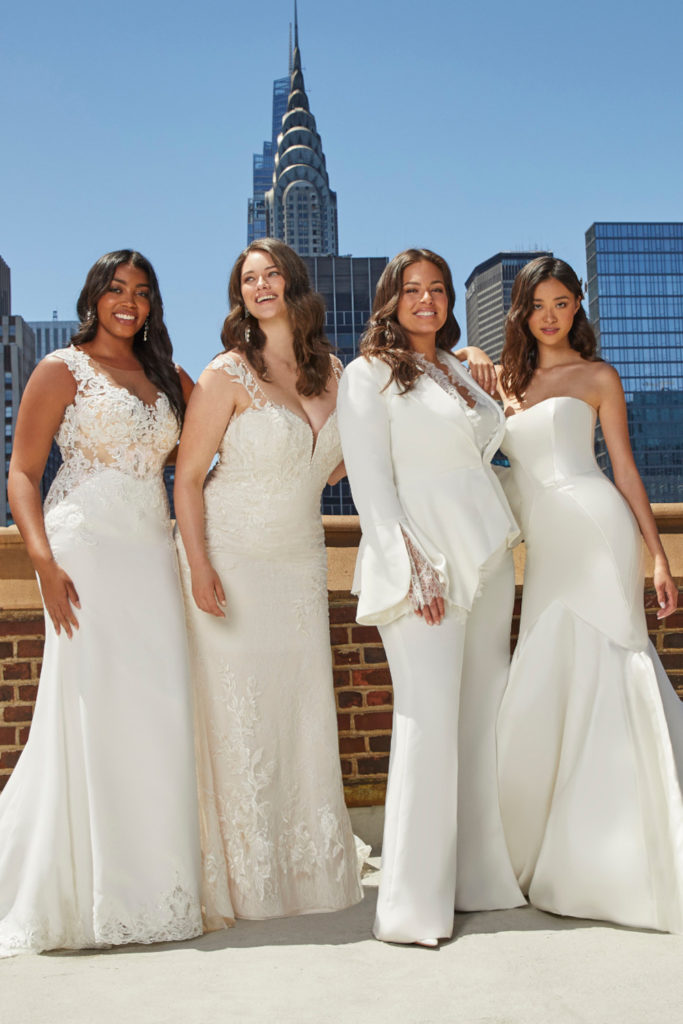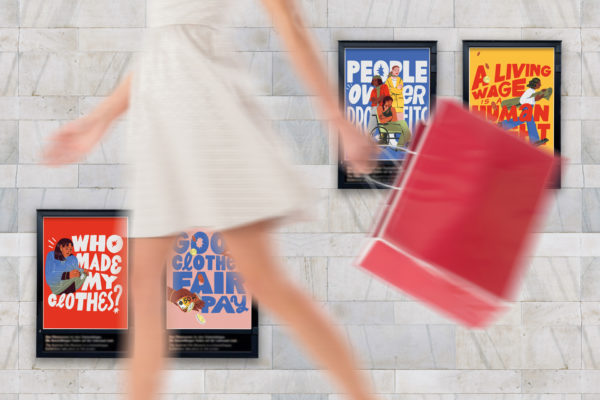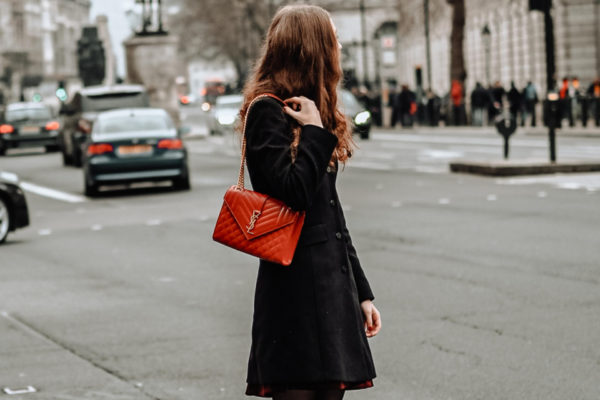The Best Sustainable Fashion At London Fashion Week 2024
By
1 year ago
LFW through the lens of sustainability
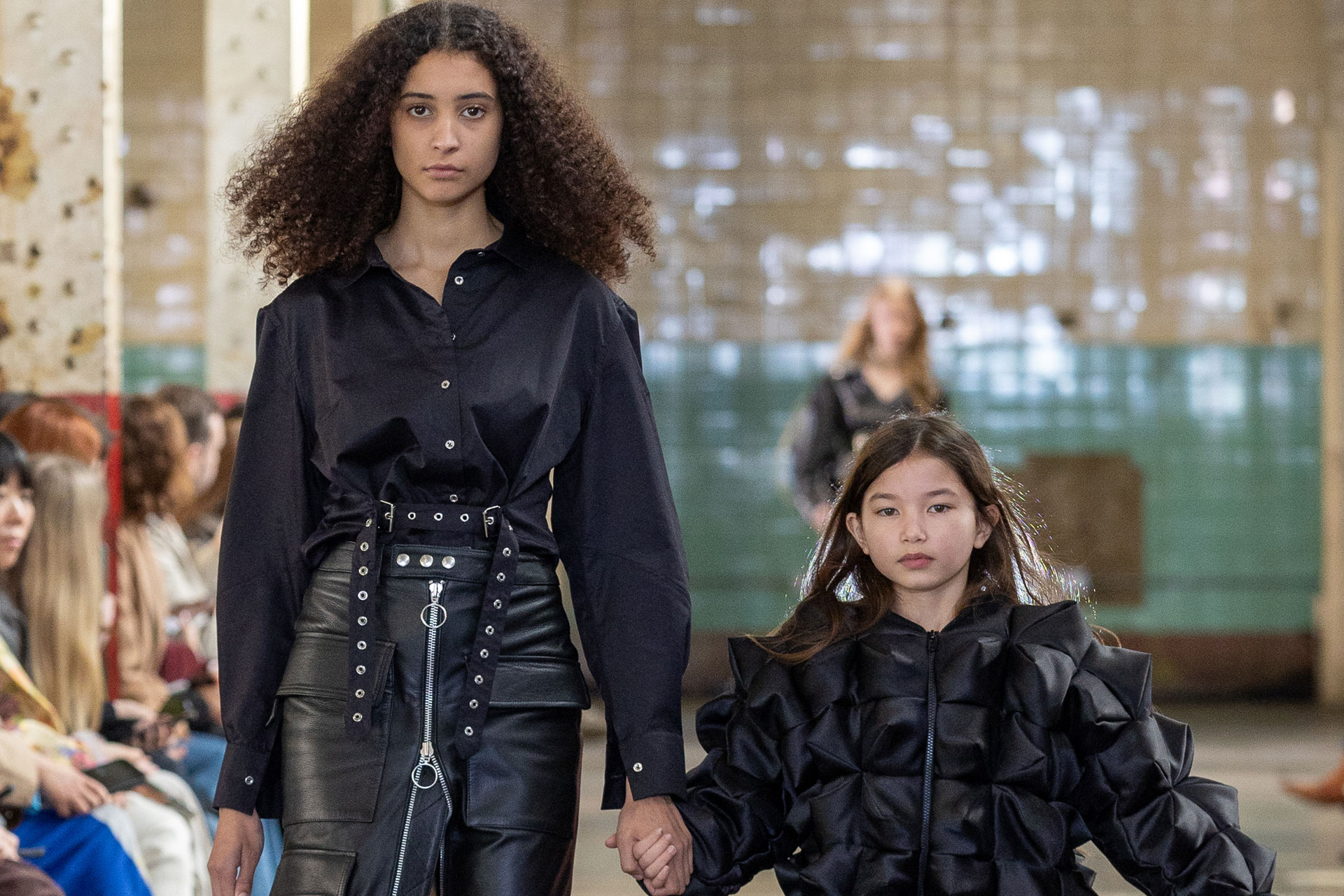
As the British Fashion Council (BFC) commemorated a significant 40 years as a creative fashion force, London Fashion Week (LFW) came to a close with such superb success that many remain buoyed by its positive impact. (And, of course, there were parties to enjoy).
Dedicated and talented artists, designers, collaborators and organisers work tirelessly to enable what is recognised worldwide as an iconic event, known for its inspirational impact, inventiveness, provocative presentations, conceptual capsule collections, superb crafts skills, and miles of style – all of which resultantly influences fashion and culture globally. So let’s take a look at LFW through the lens of sustainability and beyond.
Sustainable Fashion At LFW
The BFC opened the London Stock Exchange in acknowledgment of the significant economic impact of the creative industries: the UK fashion and textile industry directly supported a £62 billion contribution to UK GDP with 1.3 million jobs, according to a recent 2023 report by the UK Fashion and Textiles organisation.
However, on the flip side and with a focus on sustainability, ‘Fixing Fashion, Clothing Consumption, and Sustainability’ is a 2017 governmental UK report listing the seemingly endless and lasting damage fashion makes. The fashion industry is responsible for 20% of all water pollution worldwide and the UK buys more clothes than any country in Europe. The 2019 research by Oxfam found that new clothes bought in the UK produce more carbon emissions per minute than driving a car around the world six times.
There are evident changes in how and what London Fashion Week platforms via its events throughout the year, with many positives in place. Aware of the overall degenerative environmental damage fashion contributes, the BFC and (and the industry generally) is in transition. With responsible reports and impactful ecological initiatives in place including from 2024, fur will be banned from the LFW schedule and implemented into the brand application process. Initiatives such as the Institute for Positive Fashion serve as an active and informed branch of the BFC and help independent organisations to ensure affirmative actions move toward a Circular Fashion Eco-system.
Neuthread
View this post on Instagram
For some, sustainability in the fashion industry smacks of greenwashing or conjures notions of outdated and unpleasantly pungent second-hand garments. Cue Neuthread, who launched their brand and charity at LFW without a whiff of it. They splendidly and confidently showcase repurposed waste textiles and garments to create contemporary clothing which breathes new life into their creations and captures the zeitgeist in future-forward fashion. Encapsulating more than a breath of fresh air, it positively breezes ahead of other brands in the upcycled and sustainable category.
Applied insight and astute DIY crafts skills were evident in their dynamic catwalk show, which combined street-style swagger and aestheticism into cleverly crafted and utterly unique garments. As accessible couture, this Geordie Finery comes courtesy of Neeraj Sharma and Cara Bauman. Neuthread was formed in conjunction with Daisy Chain, an established North Eastern charity in Teesside supporting autistic and neurodivergent individuals by providing holistic-centered services.
Samantha Siu
In terms of luxury sustainability, the sophisticated jewellery of Samantha Siu encapsulates all that is great in this realm. Eye-catching stones combine with fine designs crafted to create stunning works of wearable art. Capturing a sensibility that merges old Hollywood-style glamour with considered, quirky, and contemporary pieces to create conscious conversations in fashion (and pertinently act as a talking point).
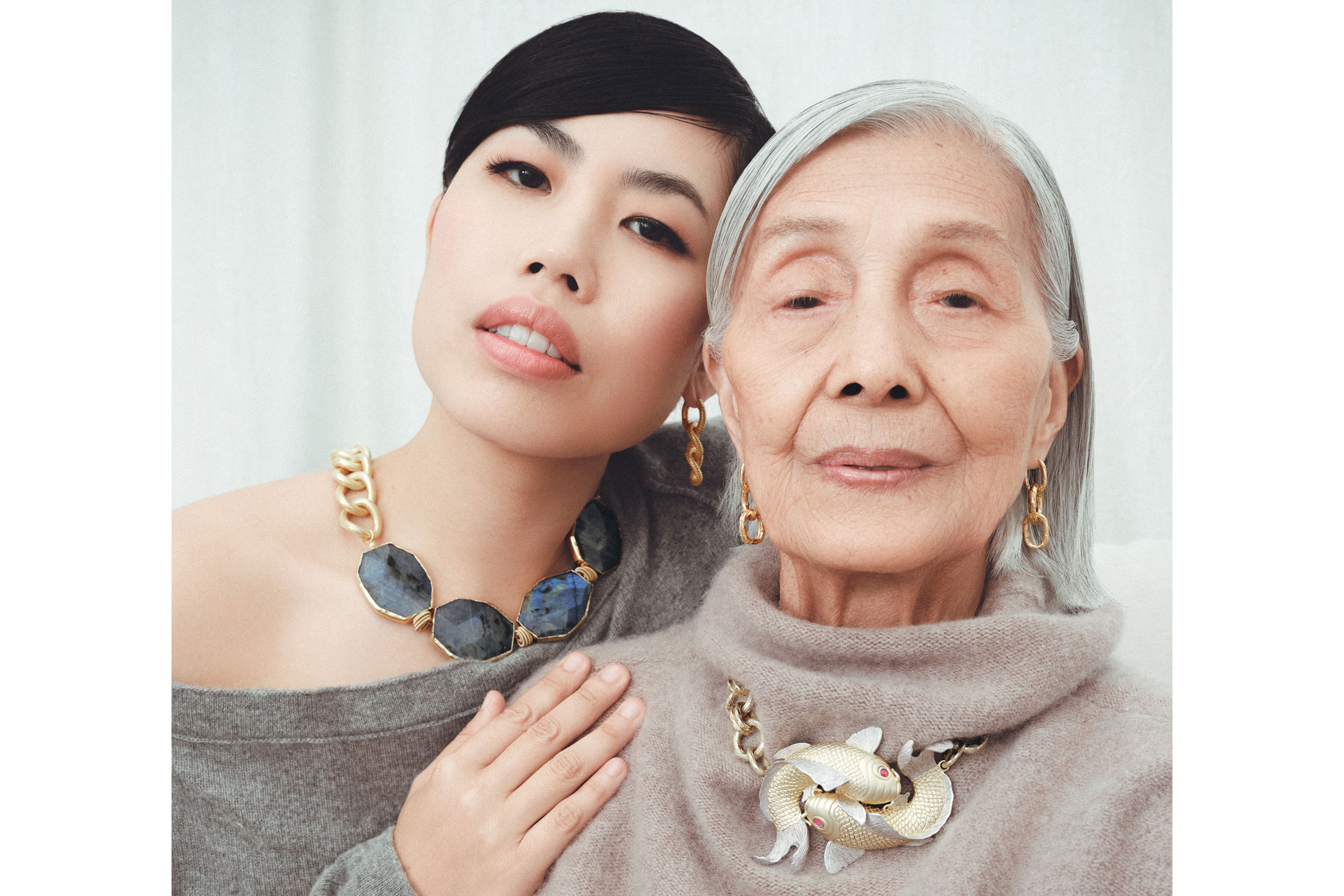
From the Legacy Collection
Animals, symbolism and architecture – along with Siu’s Chinese culture – each feature in her forms. Embedded in the industry from an early age, she later studied jewellery at the FIT (Fashion Institute of Tech) in New York and discovered her interest lay in wax carving. Thus Siu conceived a company, as she states, ‘to create unique and well-crafted jewellery that does good’. Every element (including each stone) is sustainably sourced, and part of the profits go to charity.
Such ethical credentials complement creative design. Fair-trade paid workers adept at their craft – having honed it over generations – take weeks to work on a piece that results in joyful forms, both ancient and modern in appearance. Each is hand-made and unique. When seen in situ and up close, the work is something to behold and sits on the skin beautifully. Siu’s shrewd alignment to sustainability and longevity of use concludes with a clever approach to multi-purpose jewellery and many necklaces can be transformed into other forms of beautiful, wearable treasures.
Patrick McDowell
View this post on Instagram
Change is inevitable and essential – especially ecologically – thus, thankfully, there is a new movement in the industry that brings us closer to a more environment-friendly, ‘planet first’ ethos. And while there’s certainly space for improvement (and room for a standalone discussion on animal cruelty in its many guises) it’s rare for any businesses or individuals to have acted perfectly in what at times is a challenging world. Thus LFW continues to bring the bold and the beautiful, the weird and the wonderful to each season; frivolity for its own sake alongside experimentation and reinvention is an inherent element in UK style and design. Not all fashion has to be earnest or wholly sustainable, otherwise it may lose its edge, expressionism, and unique sensibilities – all of which make UK fashion so triumphant.
For decades, DIY has been a principle component in British fashion – particularly when it comes to streetwear – and is therefore in alignment with sustainability and recycling, upcycling and reuse. Patrick McDowell‘s approach was more creative, drawn from his related love of music and fashion in unison (‘I want to transform the industry through creative sustainability and community’, he explained). He collaborated with the Guildhall School of Music and Drama, whose beautiful ethereal composition complemented a dramatic collection melding music and fashion as a performative experience. Reinterpreting the dress code of composers, orchestral blazers and capes were reframed, relaying the animated movements of musicians. Some silhouettes acted as literal depictions of McDowell’s inspiration, with sound-related designs and discarded instruments forming part of the garments.
Marquess Almeida
Designers Marquess Almeida complement the circle of sustainable fashion at LFW, with ethical credentials that demonstrate a strong commitment to the environment and showcase progressive materials. They also championed gold anti-ageism, staging a show that joyously embraced all generations.
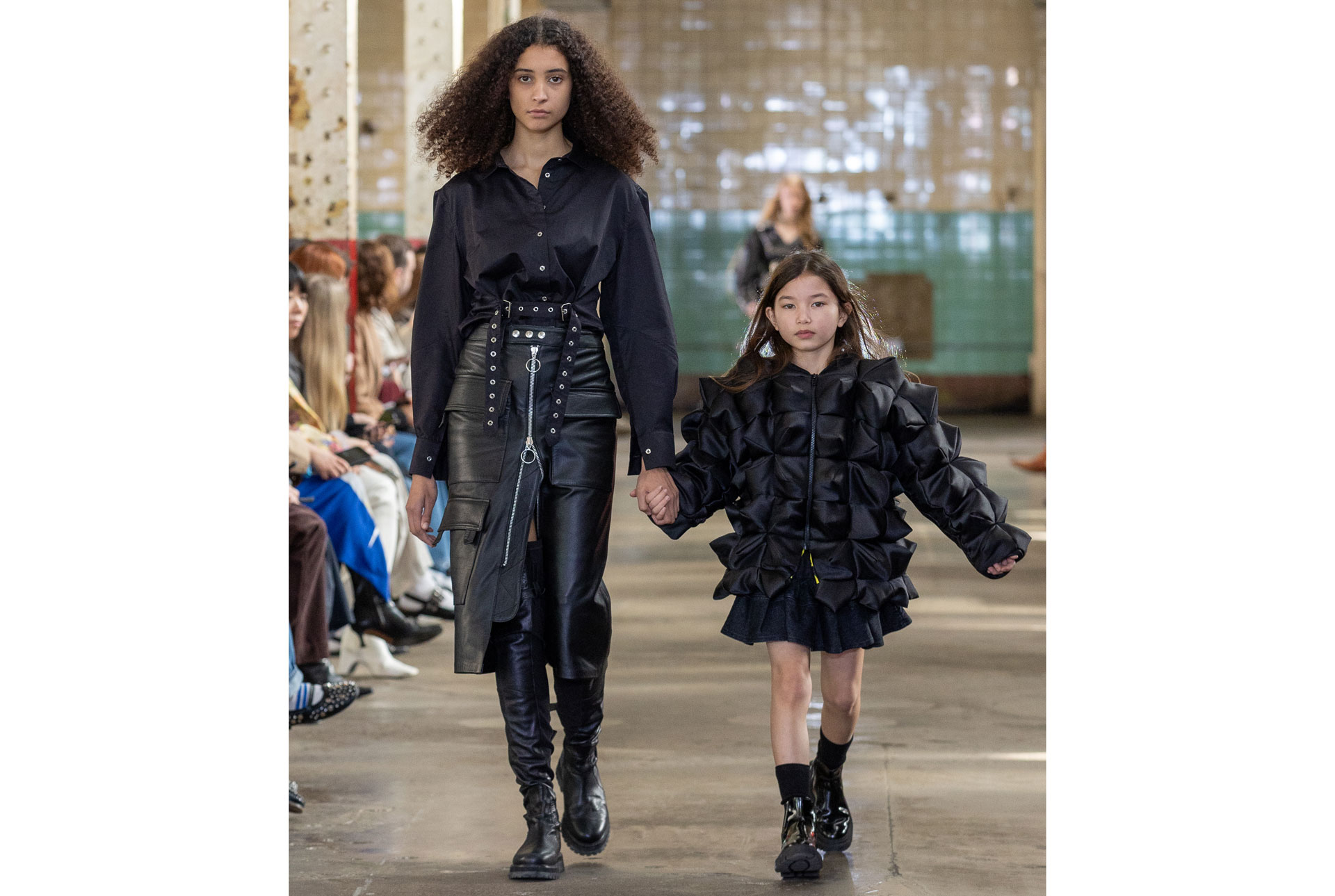
Marquess Almeida

